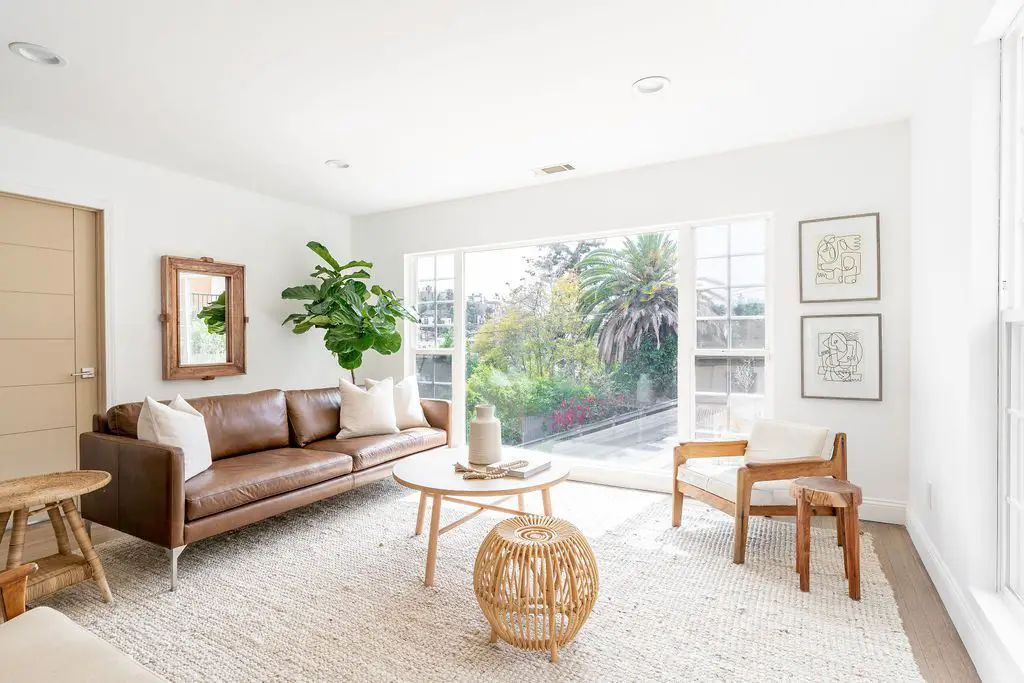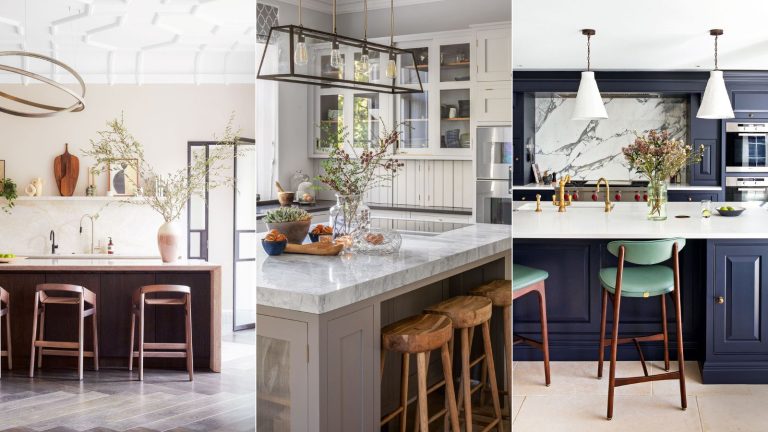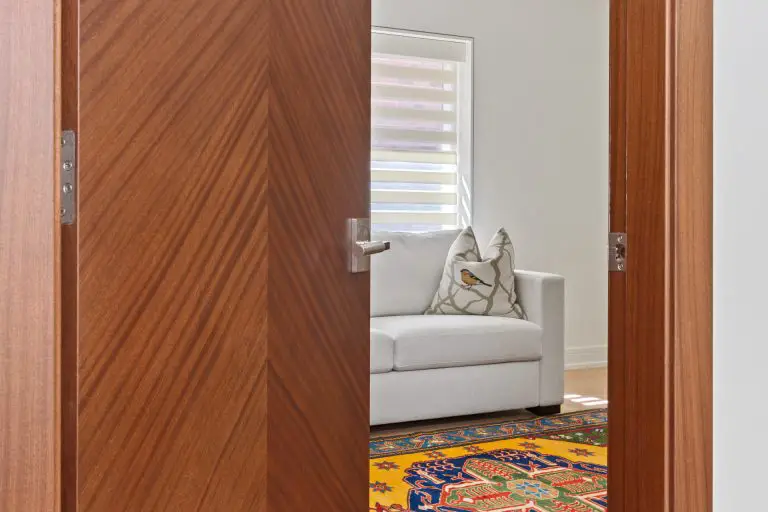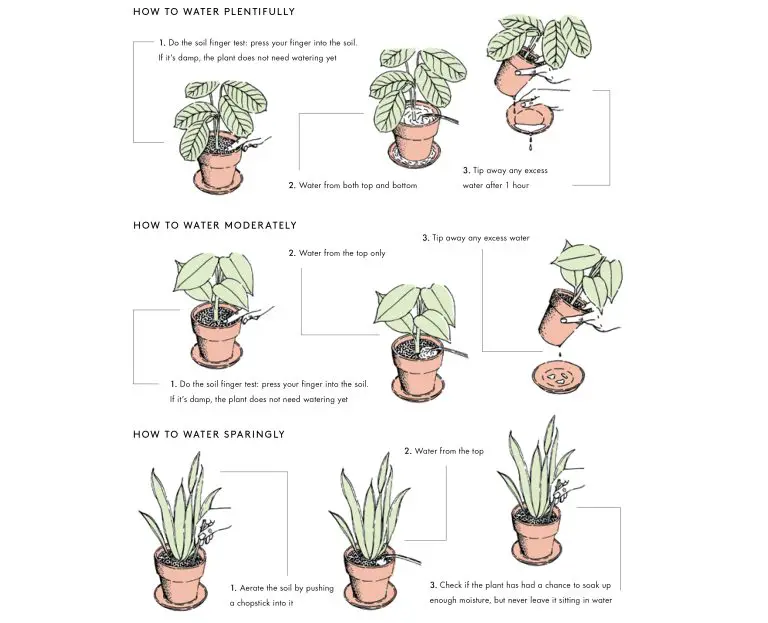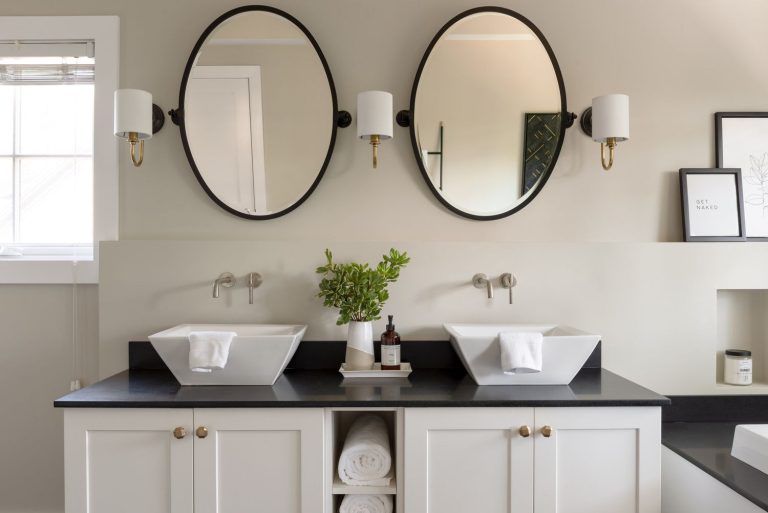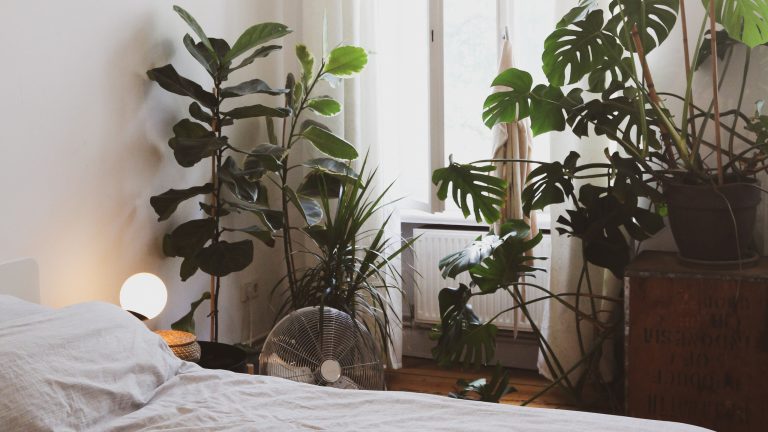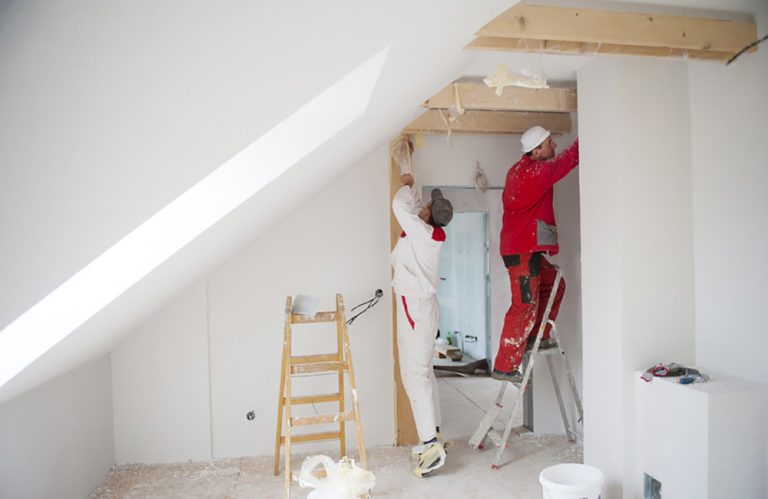A Guide to Creating a Minimalist Home
A minimalist home is a beautiful and peaceful place to live. It can be a challenging task to declutter and organize a home, but the rewards are well worth the effort. This guide will provide you with the tips and tricks needed to create a minimalist home. You’ll learn how to declutter, organize, and decorate with minimal furnishings and accessories. You’ll also find advice on the best ways to keep your minimalist home looking and feeling its best. Create a minimalist home and you’ll discover a simpler, more stress-free way of life.
Identifying What it Means to be a Minimalist
Being a minimalist is an approach to life that focuses on having fewer material possessions and simplifying one’s daily routines. Minimalism encourages an attitude of mindfulness and gratitude for the items we own and the activities we engage in. The goal is to free up time and mental energy for the things that truly matter to us and bring us joy, rather than to accumulate possessions.
At its core, minimalism is about living with purpose and intention. It’s about paring down our lives to the essentials, identifying and focusing on what matters most to us, and letting go of the distractions that impede our progress. Minimalism is not about deprivation or asceticism; it’s about discerning what brings us joy and purpose and letting go of the rest.
For some, minimalism may mean downsizing to a tiny home or living out of a backpack. For others, it could be as simple as reducing the number of items in their closet or eliminating distractions from their daily routines. Ultimately, minimalism is a highly personal practice, and it looks different for everyone.
The benefits of minimalism are numerous. A minimalist lifestyle can help us prioritize our mental and physical health, increase our productivity, and make us more mindful of our possessions and the environment. It can also help us build better relationships and create a deeper connection with ourselves and the people around us.
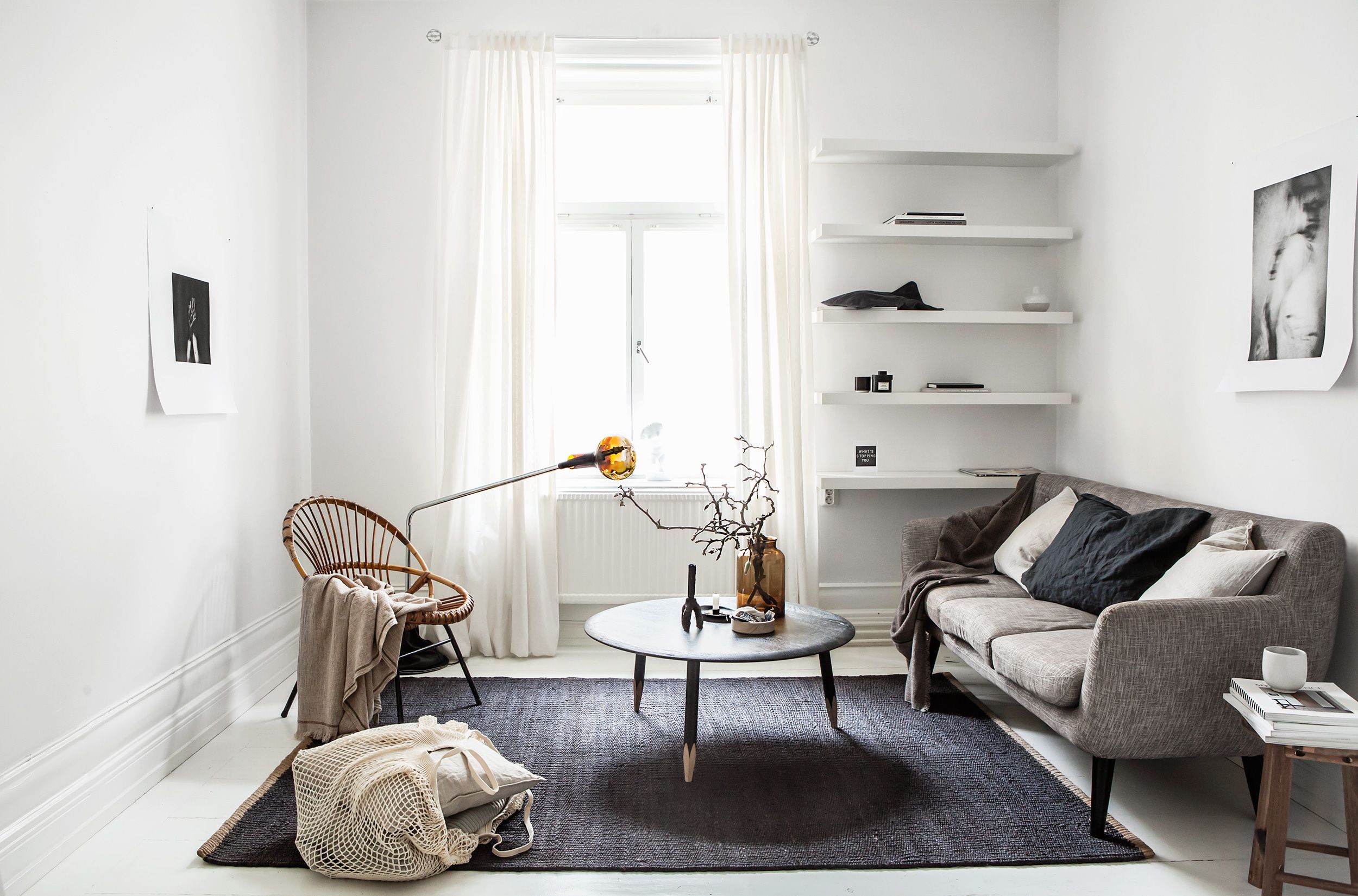
Credit: www.housebeautiful.com
Analyzing Your Current Living Space
When analyzing your current living space, it’s important to look at it from both a functional and aesthetic perspective. From a functional standpoint, ask yourself what purpose the room serves, how many people will be using it, and what activities will be done in it most often. Consider how much space you’ll need for furniture, appliances, and storage and how much natural light you’ll want to bring in.
From an aesthetic perspective, take into consideration both the current and desired style of the space. Look at the existing color scheme and think about what modifications, if any, you’d like to make. Consider the type of artwork or decorations you’d like to display and think about the overall mood you’d like to create.
By taking a comprehensive approach to analyzing your current living space, you’ll be better prepared to make decisions about what changes need to be made to create a living space that is both functional and stylish.
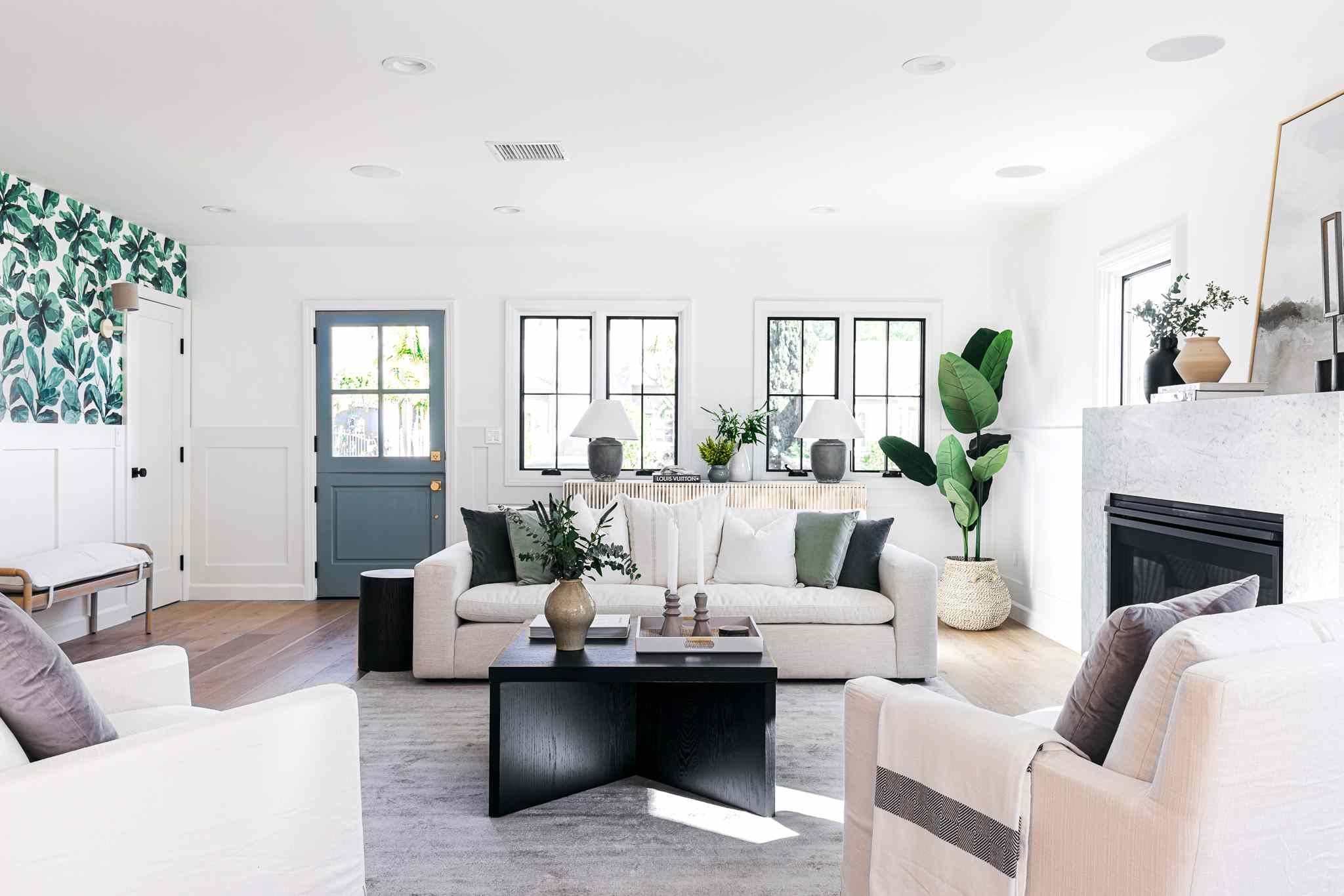
Credit: www.thespruce.com
Decluttering and Organizing
Decluttering and organizing can be daunting tasks, but it is one of the most important things you can do to create a productive and organized space. Taking the time to declutter and organize your space will help you save time and energy in the long run.
The first step in decluttering and organizing is to assess the items in your space. Ask yourself the following questions: Do I need this? Do I use it? Does it bring me joy? If you answer yes to any of those questions, then it should stay. If not, then it’s time to give it away or throw it away.
Once you’ve gone through all of your items, it’s time to start organizing. Start by grouping items together that share similar characteristics. This will help you create an organized system that is easy to maintain.
Once you’ve grouped items together, it’s time to find storage solutions. You can use storage bins, shelves, and drawers to keep your items organized. If your space is limited, consider investing in some multi-purpose furniture that can help you maximize your space.
Organizing and decluttering can be a time-consuming process, but it is worth it in the end. Taking the time to tidy up your space will help you save time and energy in the long run. Plus, it will make your home look and feel much more organized and productive.
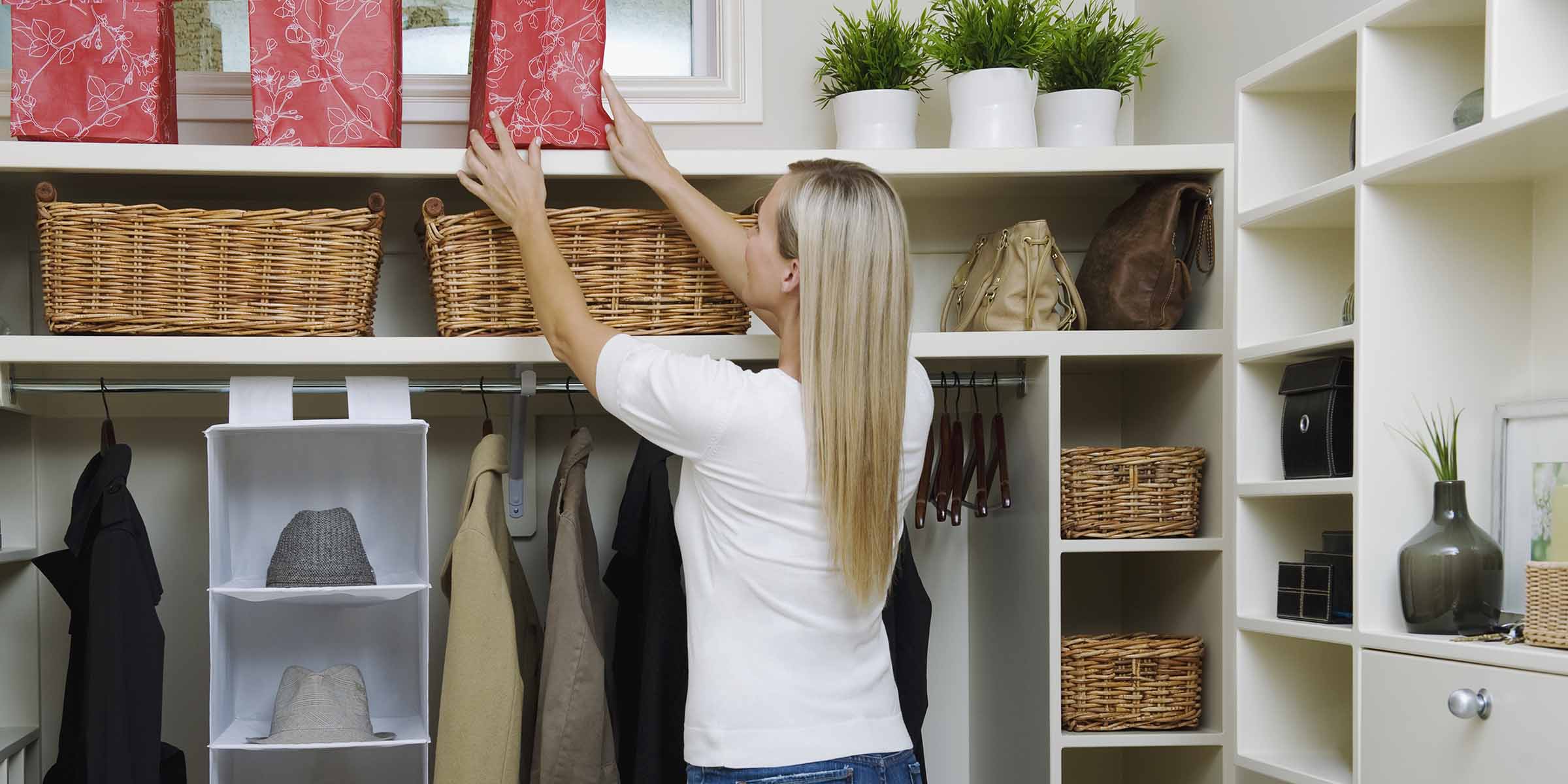
Credit: www.today.com
Choosing Minimalist Furniture and Décor
When it comes to choosing minimalist furniture and décor, it’s important to remember that less is more. Minimalism is all about creating a living space that is functional, comfortable, and aesthetically pleasing, without being cluttered and overwhelming. Here are a few tips to help you achieve a minimalist aesthetic:
- Stick to the basics: Stick to neutral colors, simple shapes, and streamlined furniture pieces that are easy to clean and maintain. Avoid fussy details or patterns that can make a space feel cluttered and overwhelming.
- Keep it simple: Choose furniture and décor that is simple and elegant. This can be anything from modern, geometric pieces to more traditional, timeless pieces.
- Embrace natural elements: Natural elements such as wood, stone, and plants can help bring a sense of calm and balance to a space. Incorporate these elements into your minimalist décor to create a peaceful and tranquil atmosphere.
- Make use of negative space: Don’t be afraid to leave some space between furniture pieces and décor. This will help ensure your space looks clean, open, and uncluttered.
- Utilize multi-functional pieces: Utilize pieces of furniture and décor that have multiple functions, such as a coffee table that doubles as a storage unit or a side table that also functions as a nightstand. This will help reduce clutter and make your space more efficient.
By following these tips, you can easily create a minimalist space that is both aesthetically pleasing and functional. With minimalism, less really is more!
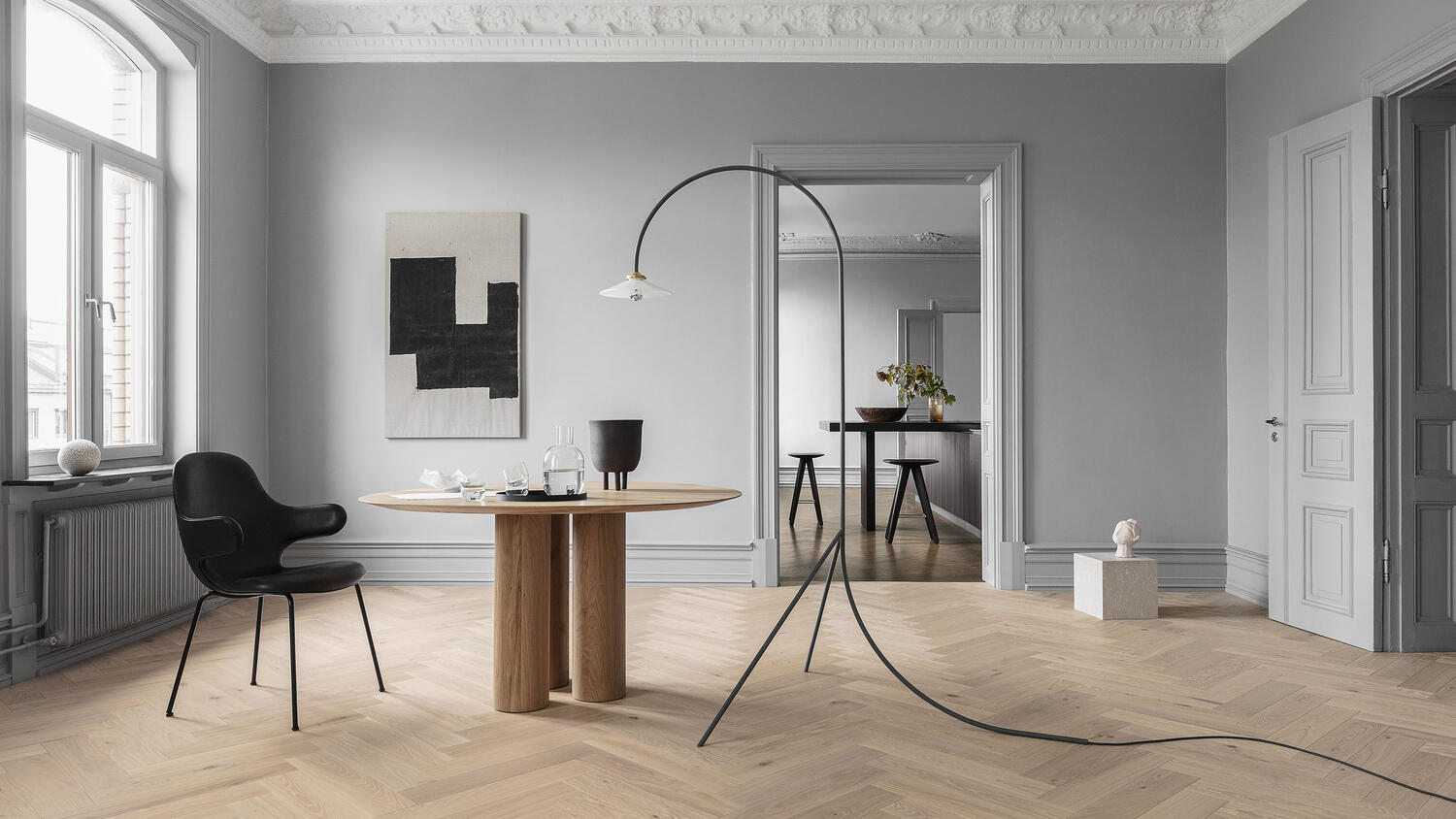
Credit: home.tarkett.com
Setting up a Budget for Minimalist Living
Minimalist living is a great way to save money, reduce stress, and simplify your life. Setting up a budget for minimalist living is an important step to make sure you stay within your financial means and achieve your financial goals.
The key to successful budgeting for minimalist living is to be intentional about where your money is going. Start by listing all the expenses you have each month. This can include rent or mortgage payments, utilities, groceries, transportation costs, and any other expenses you have. Once you have a list of your monthly expenses, you can decide which expenses are necessary and which can be cut to reduce your spending.
Next, determine what you can afford to spend each month. This includes all your essential expenses, such as rent and groceries, as well as optional expenses, such as entertainment and dining out. Consider setting up a separate savings account so you can save money for unexpected expenses or planned expenses, such as a vacation or a new car.
Once you have a budget, it’s important to stick to it. Make sure you track your expenses to ensure you’re staying within your budget. Consider using a budgeting app to help you track your spending and stay on top of your budget.
Finding a Minimalist Lifestyle that Works for You
When it comes to finding a minimalist lifestyle that works for you, it’s all about understanding the basics of minimalism and then customizing it to your own life. Minimalism isn’t about having nothing or living a life of deprivation; it’s about having just enough and living a life of intention.
Start by doing a deep dive into your values: what things are important to you? What are your priorities? What do you want your life to look like? These core values will serve as the foundation for your minimalist lifestyle.
Once you’ve established your values, you can start to declutter your life. This means getting rid of anything that doesn’t align with your core values. Don’t keep things “just in case”—if it doesn’t serve a purpose, they’re taking up valuable space, both physical and mental.
Another key aspect of minimalism is to focus on quality, not quantity. When you do purchase something, make sure it’s something that you’ll use and that it’s of good quality.
FAQs
What is minimalism?
Minimalism is a lifestyle that eliminates unnecessary possessions and focuses on only keeping items that are essential or bring joy. It’s a way of simplifying your life so that you can focus on the things that are most important to you.
How do I create a minimalist home?
Creating a minimalist home involves decluttering and organizing your possessions. Start by going through every item in your home and deciding if it’s something you need or something that can be given away. After decluttering, organize the items you’ve kept in a way that is both functional and aesthetically pleasing.
What should I consider when creating a minimalist home?
When decorating a minimalist home, consider the function of the space and how it can be used most efficiently. Choose furniture and decor that is both practical and stylish. Use neutral colors and keep accessories to a minimum.
What are the benefits of minimalism?
The benefits of minimalism include increased productivity and focus, improved mental clarity, and a sense of freedom and control. Having fewer possessions can also lead to financial savings, as you won’t need to buy as many things.
Conclusion
A minimalist home can bring a sense of peace and simplicity to your life. It allows you to reduce clutter and focus on what is important to you. Creating a minimalist home will require you to make conscious decisions about what to keep and what to let go of. It is an ongoing process that will require you to evaluate and adjust your home as your lifestyle changes. With a little effort, you can create a minimalist home that reflects your values and brings you joy.

